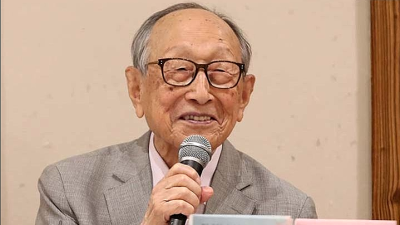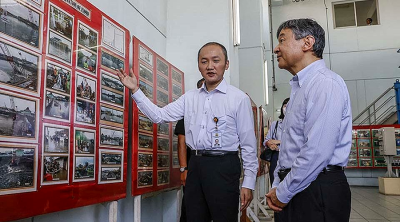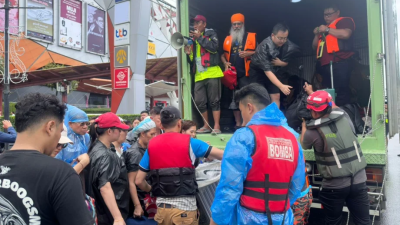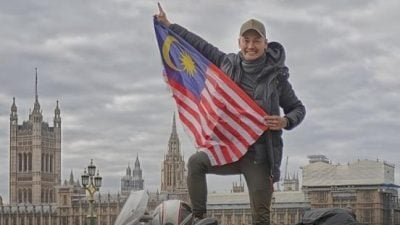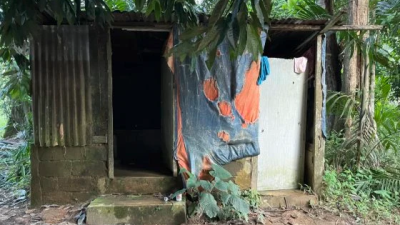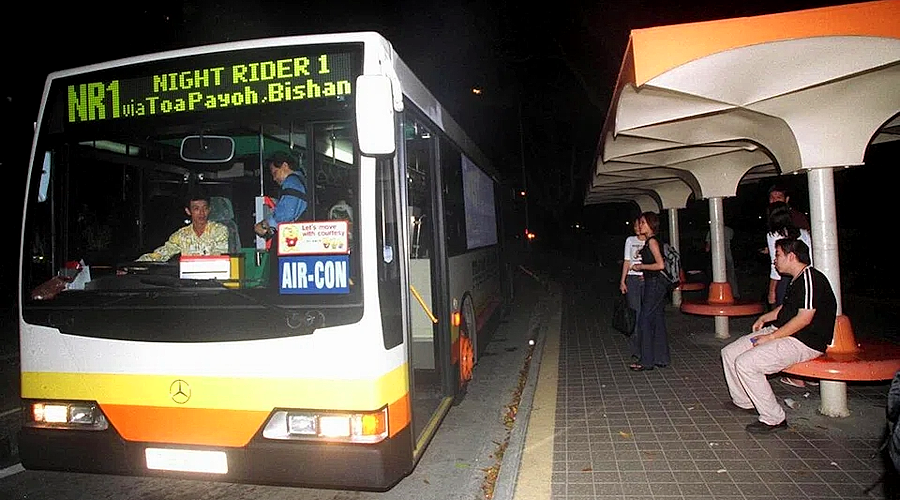
SINGAPORE: “My very first time partying, I went home on a NightRider bus,” says Sivanesh Pillai.
“It was a really important part of my clubbing, having an affordable way to get back home.”
In 2006, Pillai paid just $3 (RM9.70) for his late-night journey home to Yishun from the city center.
Back then, the NightRider buses operated from 11.30 pm to 4.30 am, covering that stretch of the early hours when the MRT lines cease to run.
“That bus was a game changer,” says the DJ, wistful about an era when revelers would club-hop across Singapore, ferried on one of the late-night city center buses.
These days, patrons stick to a single venue before calling it a night. Pillai now walks between venues to avoid late-night cab fares.
The 39-year-old is half of husband-and-wife DJ collective Sivilian Affairs. He represents a growing chorus of nightlife workers wondering if recent moves to extend liquor licensing hours at Clarke Quay and Boat Quay can succeed without corresponding transport availability.
These moves come at a complex time for Singapore’s late-night culture.
Even as a growing number of global cities—such as London and Tokyo—are embracing the 24-hour city model to reinvigorate their economies, Singapore’s after-hours scene has ebbed and flowed over the past two decades.
The last NightRider bus
For many nightlife workers speaking to The Straits Times, the sector’s fortunes seem intertwined with Singapore’s now-defunct late-night bus service.
Launched in 2000, the NightRider bus service initially connected the downtown core with heartland neighborhoods during the early morning hours when MRT trains were not operational.
At its peak, the network spanned 22 routes, including heartland-to-heartland connections and city center loops between Marina Bay and the Central Business District.
However, operating hours were cut to 11.30pm to 2.30am in 2014. By 2020, the network had dwindled to just six routes when it was suspended amid the Covid-19 pandemic.
The Land Transport Authority (LTA) announced the service’s discontinuation in 2022, citing low ridership.
“In deciding whether to extend service hours, we have to balance the demand for late-night travel with keeping the overall cost of public transport affordable and not incur significant costs in subsidizing a very small minority of commuters,” says an LTA spokesperson in response to ST’s queries.
“We also need to ensure there is sufficient time for maintenance to upkeep reliability, as the current nightly maintenance time window is already very limited.”
Since the service ended—save for a six-month trial by private bus operator A&S Transit in 2023—late-night commuters have relied on ride-hailing services like Grab and Gojek.
Revelers’ and nightlife workers’ complaints about the high cost of nightlife inevitably involve the late-night surge in ride-hailing fares.
While LTA said in response to a parliamentary question in March that it was open to new proposals from private operators, none has materialized to date.
A tale of different cities
When night falls, every city’s transport network changes.
In Hong Kong, a network of buses crisscross the city after the Mass Transit Railway stops for the night.
In London and New York, underground trains run at all hours, albeit at a lower frequency after dark.
Like in Bangkok and Taipei, Singapore’s public transport mostly ceases after midnight, and commuters rely on private operators like cabs and ride-hailing apps instead.
Dr Alex Li, an assistant professor at the National University of Singapore’s architecture department who studies transportation policy, identifies a chicken-and-egg problem: “Ridership is one factor, but if people had more affordable and accessible choices in the evening, this might encourage them to go out more.
“Public transport costs a lot of money, so we really need to think: ‘What are our priorities?’”
Trade-offs exist at every turn, from the noise complaints that arise from keeping streets lively in areas with many residents, to the cost of employing transport workers late at night.
While London’s Underground rail system continues at night, it also requires a rotating schedule of weekend closures for maintenance. In contrast, Singapore and Taipei conduct these maintenance works at night.
Taipei’s Rapid Transit Corporation states online that this is done in consideration of the public’s transport needs, noise pollution and operational safety: “There are only three hours and 30 minutes of non-service time available for track maintenance and rolling stock cleaning. This time cannot be further reduced.”
The availability of transport alternatives is another factor.
In Taipei and Bangkok, where the cost of labor is lower, cab fares after hours are more akin to the price of an expensive drink than the cost of one’s whole night out, as it is likely to be in Hong Kong and London.
Like other nightlife operators speaking to ST, Kavan Spruyt welcomes the extended liquor licensing hours at Clarke Quay and Boat Quay, but hopes more can be done to make the journey home more affordable for revelers.
Spruyt, founder of event space and nightclub Rasa, advocates for trains and buses running for an extra hour or two on peak evenings, such as Fridays, Saturdays and eves of public holidays.
“After midnight on some nights, (the scene) is dead,” he says. For many patrons, catching the last train or avoiding the late-night surge in fees means the end of the night.
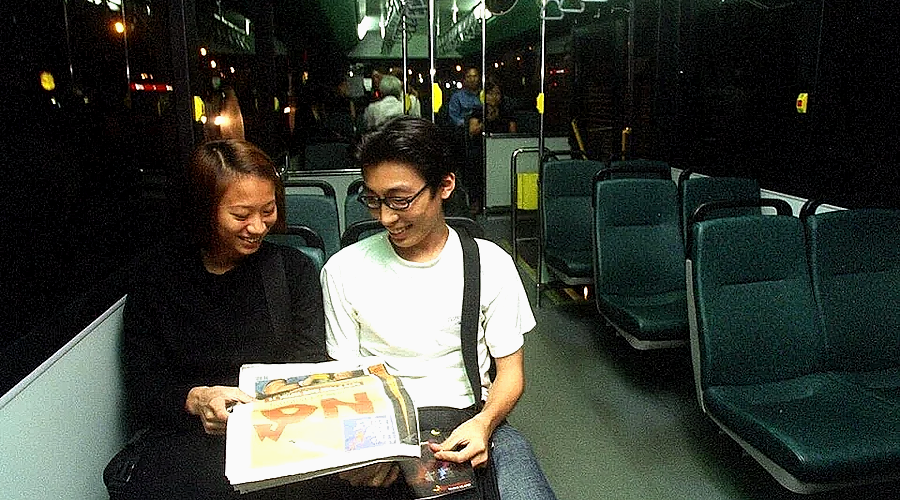
Beyond the party crowd
The impact extends beyond partygoers. Dr Li says late-night transport availability affects those working late shifts and lower-income groups who might not be able to afford point-to-point private transport.
Dr Natt Srinara, a lecturer at EHL Hospitality Business School in Singapore, says about a quarter of full-time staff in hospitality and food services work late shifts where they are most likely to finish after midnight.
With a 50 percent late-night surcharge on cab fares, this results in a higher cost for businesses and more difficulties with filling and maintaining their late-shift rosters.
This shapes the economic rationale of businesses deciding whether to open late, even without restrictions in place.
A 2024 analysis by the World Economic Forum found that night-time economies generate substantial value.
New York City’s contributes US$35.1 billion (RM147 billion) annually and supports 300,000 jobs, while London’s adds £26 billion (RM143 billion) and over one million jobs.
As such, growing recognition of the value of the night-time economy has spurred a 24-hour city movement to emerge across the globe.
Over 60 cities worldwide have appointed “night mayors” or created dedicated departments to manage night-time economies. They address challenges like transport gaps, safety and balancing entertainment needs with residents’ sleep requirements.
Recognizing the economic value of the after-dark hours, other cities have sought to revitalize their nightlife in the post-pandemic years.
Tokyo, for instance, launched a 558 million yen (RM15 million) campaign in March to revitalize nightlife by organizing events, subsidizing businesses and creating pop-up information offices.
Meanwhile, London launched a £300,000 Summer Streets Fund in June to create car-free zones and help businesses develop outdoor drinking and dining spaces, as part of the London mayor’s broader plan to expand operating hours and revitalize nightlife.
Is Singapore a 24-hour city?
Transport forms only one part of a broader picture that involves urban planning, societal attitudes and sectors adjacent to nightlife.
Singapore’s nightlife business operators have long complained about how stricter licensing and the loss of pedestrianized areas have sapped noise and color from hot spots like Keong Saik Road and Club Street.
At the same time, the government has also injected vibrancy through the Singapore Night Festival (which held its 16th edition in September), the Formula One Singapore Grand Prix (co-funded by the Government) and by securing region exclusivity with headlining acts like American pop superstar Taylor Swift.
When asked whether Singapore can be considered a 24-hour city, experts are divided.
Dr Derrick Lee, a senior lecturer at Republic Polytechnic’s school of hospitality, argues that Singapore could be considered one because of its late-night supper culture and the availability of round-the-clock venues such as Changi Airport and Mustafa Centre.
He notes that, despite talk of the city’s late-night woes, tourism receipts reached S$22.4 billion (RM72 billion) for the period between January and September 2024, reflecting a 10 percent increase over the same period in 2023.
“While extended operating hours are commonly believed to boost revenue, this assumption is flawed. Later closing times do not necessarily attract more patrons,” he says.
Essentially, working longer hours may not translate to more income.
But Dr Guy Llewellyn, an assistant professor at the EHL Hospitality Business School’s Singapore campus, says Singapore is not a 24-hour city “in the way others are,” as it does not fully embrace the non-stop lifestyle of other global cities.
Instead, Singapore’s appeal lies in its accessibility and safety, with a late-evening vibe that is vibrant but not overwhelming.
It is a “stopover hub” where guests can enjoy a taste of nightlife before heading to their next destination, he adds.
Dr Li points to urban planning as one factor outside of public transport shaping Singapore’s after-dark scene.
“When we plan for the new towns, like Jurong and Woodlands, they are centered on employment,” he says.
“If we want the new towns to be self-contained, so people who work there can also live there, every new town should consider: ‘Who needs nightlife?’ I think that is one part that is often overlooked.”
In that sense, the wistfulness towards the NightRider bus is a symptom of how nightlife and entertainment offerings are concentrated in the city center, deepening partygoers’ reliance on public transport for affordable access.
For the nightlife sector, it means patrons’ evaluation of a night out inevitably involves a calculation of whether the cab fare home is worth it.
This quest for affordability increasingly fuels Singapore’s growing “daylife” scene, with cost-conscious consumers embracing matcha raves and coffee clubbing.
“Having affordable late-night transport back would be amazing,” says Ganeshvara Kurukal, 32, owner of dive bar Pocket Rocket Asia in Keong Saik Road.
Looking back on his younger days of clubbing at Clarke Quay, he says he misses a time when revelers could party late into the night, knowing they were not on the hook for $40 to $50 cab fares.
“There were days we even waited until the first train or bus just to save money,” he adds. “Funny time to talk about, but at least it was affordable.”
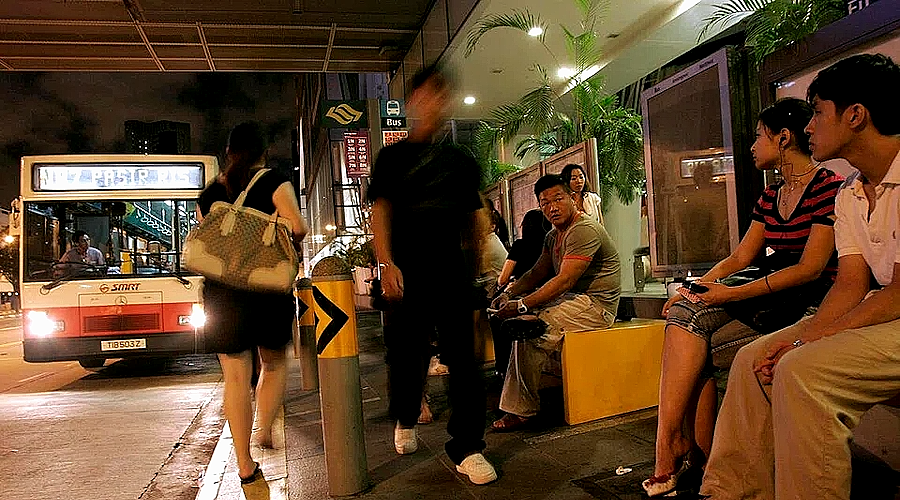
ADVERTISEMENT
ADVERTISEMENT








